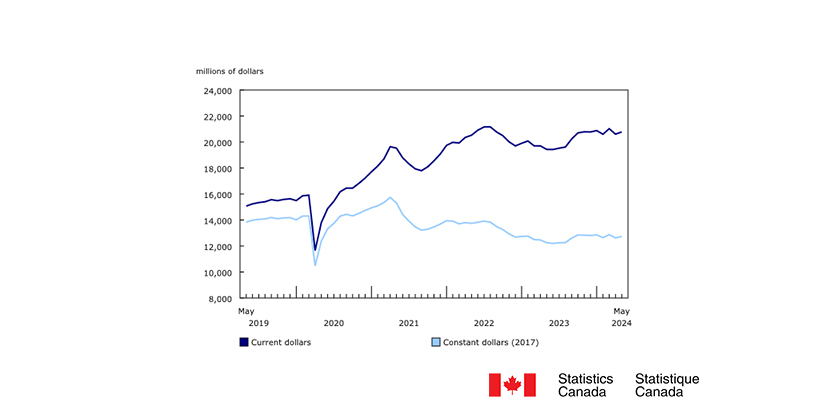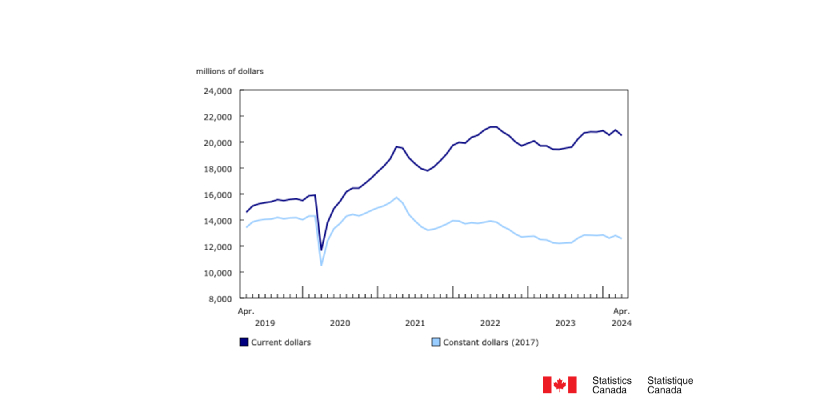Research Finds No Significant Impact of Climate Change on Wind Power Potential in North America
May 30, 2023

Nergica, in collaboration with Ouranos and Hydro-Québec, is releasing today the results of a study on the impact of climate change on wind power potential in North America. The conclusions drawn are very reassuring for the future of wind power in Canada: No significant changes in wind production are anticipated over the next few decades. Wind is a mature technology that will remain economically viable and suitable to play a central role in the energy transition in Canada, despite the onset of climate change.
In a context where climate change is increasingly disrupting the environment and the balance of ecosystems, renewable energy sources, as replacements for fossil fuels, are one of the main pathways for reducing the potential magnitude of the consequences associated with these changes. Wind in particular has a paramount role to play in the shift toward a low-carbon economy. However, one question is worth asking: Are these technologies also at risk with regard to climate change, which would undermine the relevance of their contribution to the energy transition?
Conducted over a five-year period, this study analyzed the impact of climate change on wind, icing and wind energy production by comparing a future period (2031-2060) to an historical period (1981-2010). In conclusion: Our results suggest that wind, like icing, will not be significantly affected by climate change. Wind power will therefore remain a key technology in Canada’s energy future to reduce fossil fuel dependence while satisfying rising energy demand.
Highlights of the Impact of Climate Change on Wind Power Potential study:
- This study shows that, in terms of wind regimes and ice conditions for the future period (2031-2060), climate change will not have significant adverse impacts on Canada’s wind power production.
- The study allows decision-makers to better gauge the risks associated with climate change on the wind industry and to take well-informed decisions for the promising future of this renewable energy source.
- These results allow Canadian grid operators to improve their long-term wind planning and increase reliability.
- This study confirms that wind power will continue to play a central role in Canada’s energy future and contribute to net-zero targets for the electricity grid by 2035 against a backdrop of growing energy demand.
“This study represents a significant contribution to our understanding of wind potential in Canada. By integrating for the first time the effects of climate change on icing, which represents a significant source of energy and financial losses for wind farms, the results are applicable to the cold Canadian climate and confirm that the country’s wind potential will remain stable for decades to come. Consequently, wind power is a choice solution to address the challenges of the energy transition,”
Marilys Clément, Nergica project manager for research and innovation and project lead
“The demonstration of climate change’s negligible impact on wind energy production in Canada is one of the few bright spots in a list of negative impacts. We are delighted that our regional climate simulations were able to factor in icing events and wind regimes as part of this innovative assessment of the future of wind energy production. This source of renewable energy will remain an efficient and reliable means of meeting growing energy needs while contributing to a low-carbon economy. This study is at the heart of our vision for cohesion between the scientific community and those who work in the field of adaptation,”
Alain Bourque, executive director of Ouranos
“Wind power is poised to play a growing role in the electrification of our economy. Indeed, by 2030, wind capacity in Quebec will double and will continue to expand thereafter. This study will not only be highly useful in planning our energy resources, but its conclusions also confirm that despite the impacts of climate change, wind power production will be capable of supplying Quebec with electricity,”
Kim Robitaille, Director – Energy System Control Planning, Hydro-Québec
Link to study: https://nergica.com/en/impact-of-climate-change-on-wind-power-potential-in-north-america/
Related Story
Hydro-Québec Issues Tender Call for 1,500 MW of Wind Power
As part of its distribution operations and in keeping with Québec government regulations, Hydro-Québec issued a tender call for 1,500 megawatts (MW) of electricity generated from wind power to meet the long-term electricity needs of its Québec customers.

















